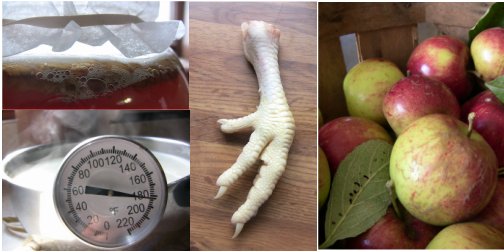Many ladies (and men, too) do the same frugal things week after week, year after year. That's cool. If you save $50 each week, that's great. But your savings never add up to more than $2600 a year. If you KEEP learning and adding more frugal skills to your repertoire, the savings will keep piling up.
NEW Savings
What I would rather do each week instead of listing every meal I made and herb I harvested from the garden, is to introduce a new tutorial or other frugal skill on here. If I can add one NEW frugal accomplishment each week, how much could I save over the course of a year? Even if I only save one new dollar each week in 2015, after a year of this I will be saving $50 per week. In 2016 my weekly $50 savings would add up to $2600, simply because of the time I spent in 2015 learning new skills and making my life more efficient. It's important that we step back and look at the big picture.
One Dollar Per Week Adds Up
If I started finding one new way to save $1 per week right now, and continued for 10 years, the savings would look like this:
2016: Saving $50 per week- $2600 per year
2017: Saving $100 per week- $5200 per year
2018: Saving $150 per week- $7800 per year
2019: Saving $200 per week- $10,400 per year
2010: Saving $250 per week- $13,000 per year
2021: Saving $300 per week- $15,600 per year
2022: Saving $350 per week- $18,200 per year
2023: Saving $400 per week- $20,800 per year
2024: Saving $450 per week- $23,400 per year
2025: Saving $500 per week- $26,000 per year
Total Savings: $143,000
Imagine what would happen if I saved another dollar every week for the rest of my life! There would be no dollars left to save! I think after a couple years, I would have to figure out how to make $1 per week instead of save it.
How could you save a dollar per week? And don't think you have to keep adding things to your weekly to-do list in order to save more and more money. Simply doing something once a year (making jam, for example) can save you money every week as well. This may be better for you than trying to squeeze more and more into your schedule every week. For example, line-drying cloth diapers can take a long time but only save a couple dollars a week. You may be better off machine-drying diapers and using those hours to make jam. Another example: it takes 30 minutes for me to make tortillas, but only saves me $0.50. It would be better if I could save $5 with that hour doing something else.
I'm looking forward to this challenge myself. I know that there are a lot of things I could be doing right now to save money, but I'm not. Things like couponing, or making my own salsa with nearly-free homegrown tomatoes. Just because I have a blog doesn't mean I'm the expert or that I've "arrived" in the realm of frugality. I'm thankful that I have a lot of room for improvement, and you should be too! Life wouldn't be fun if we had it all figured out.
Happy Saving!!!
-Bethany



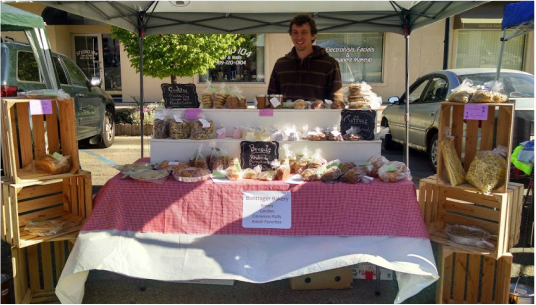
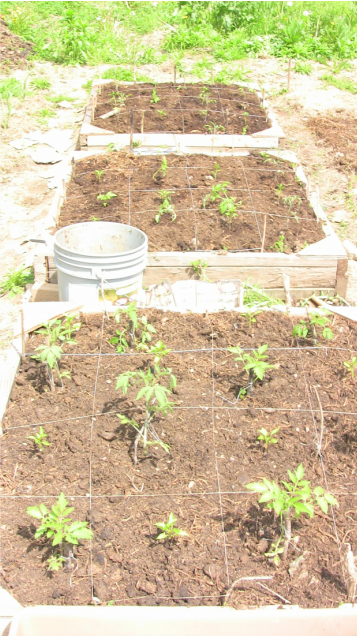
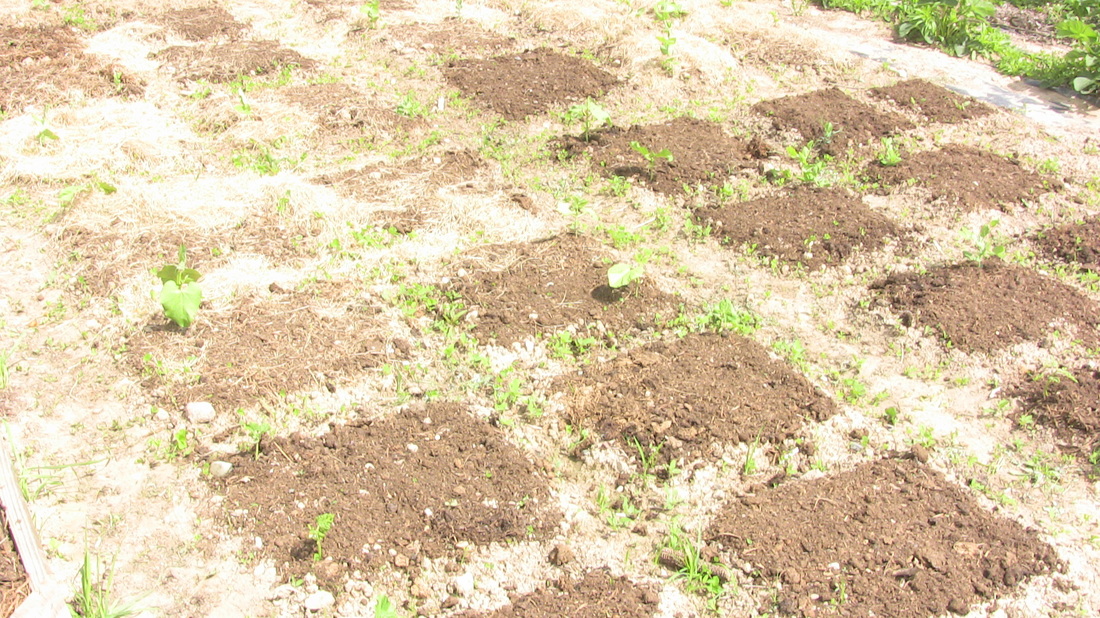
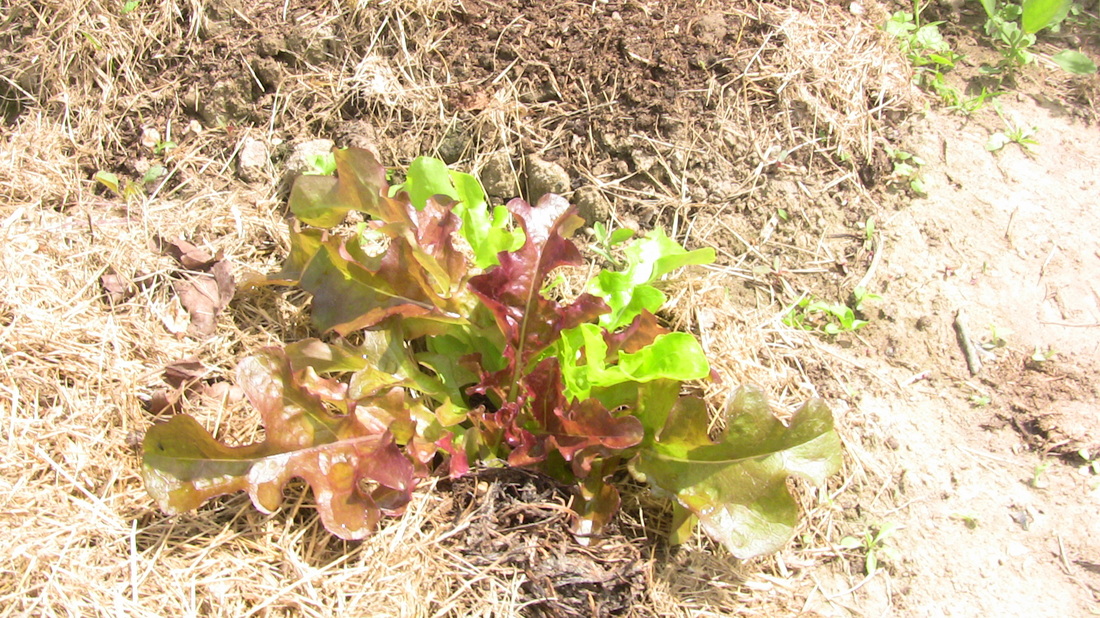
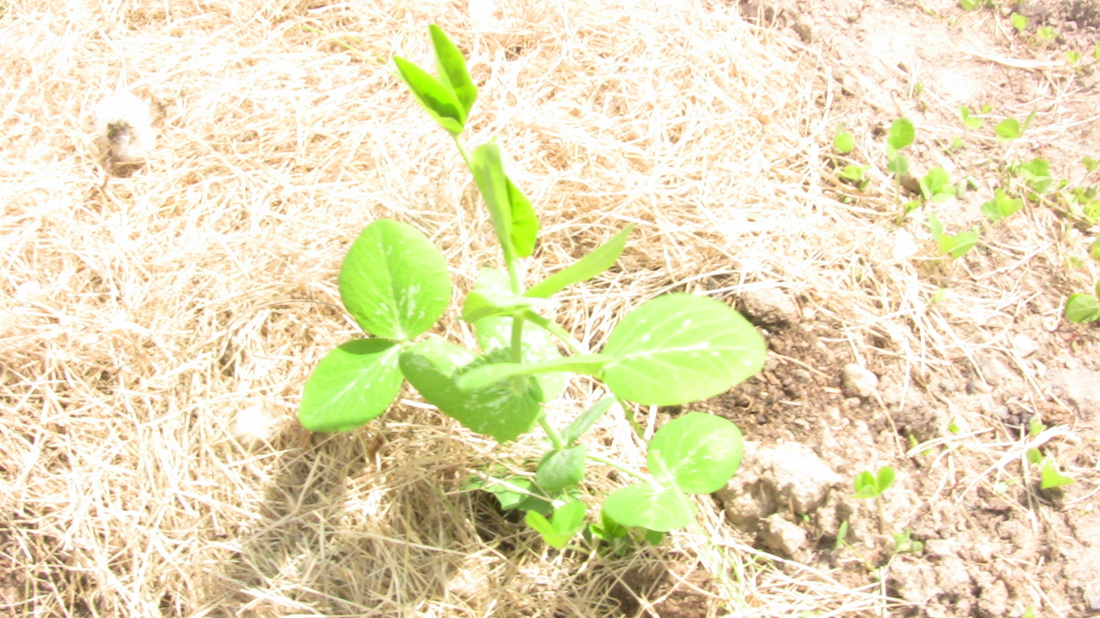
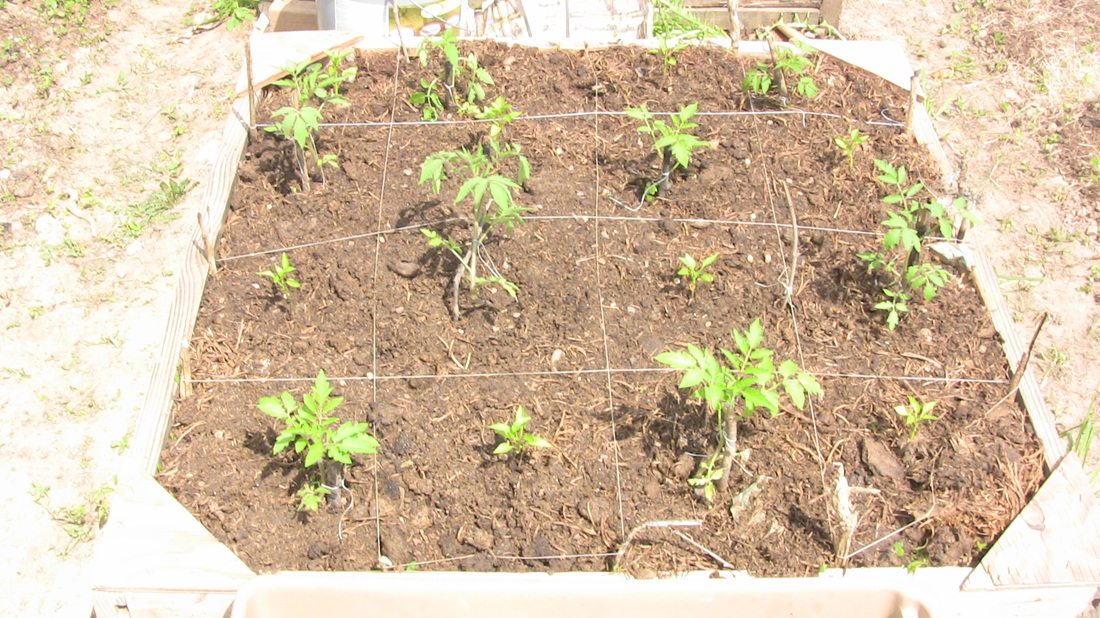
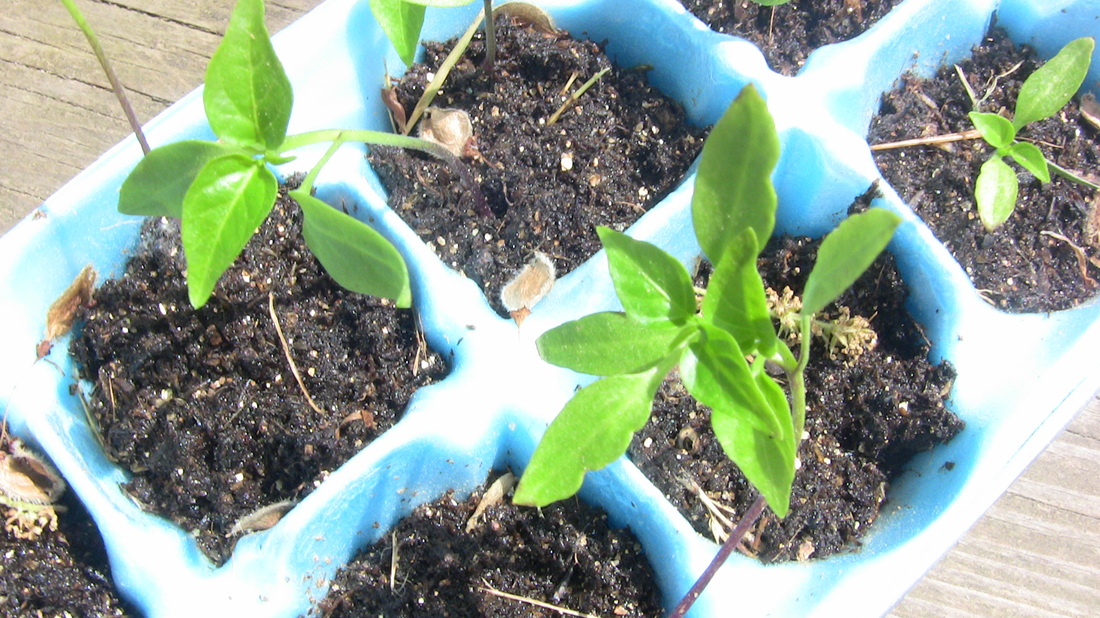
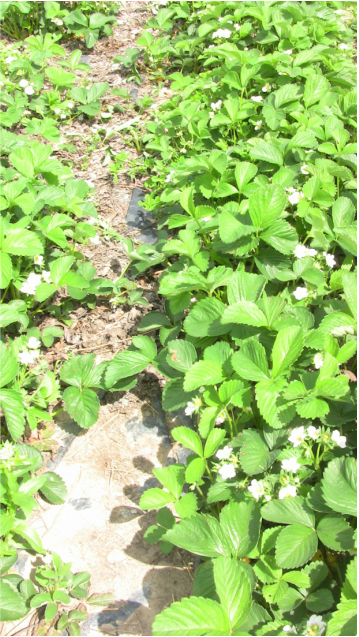
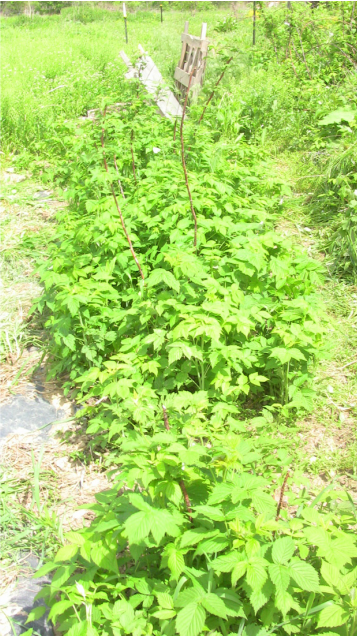
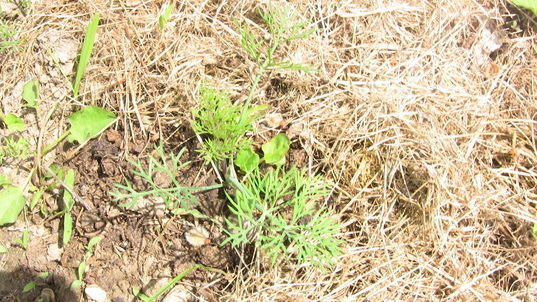
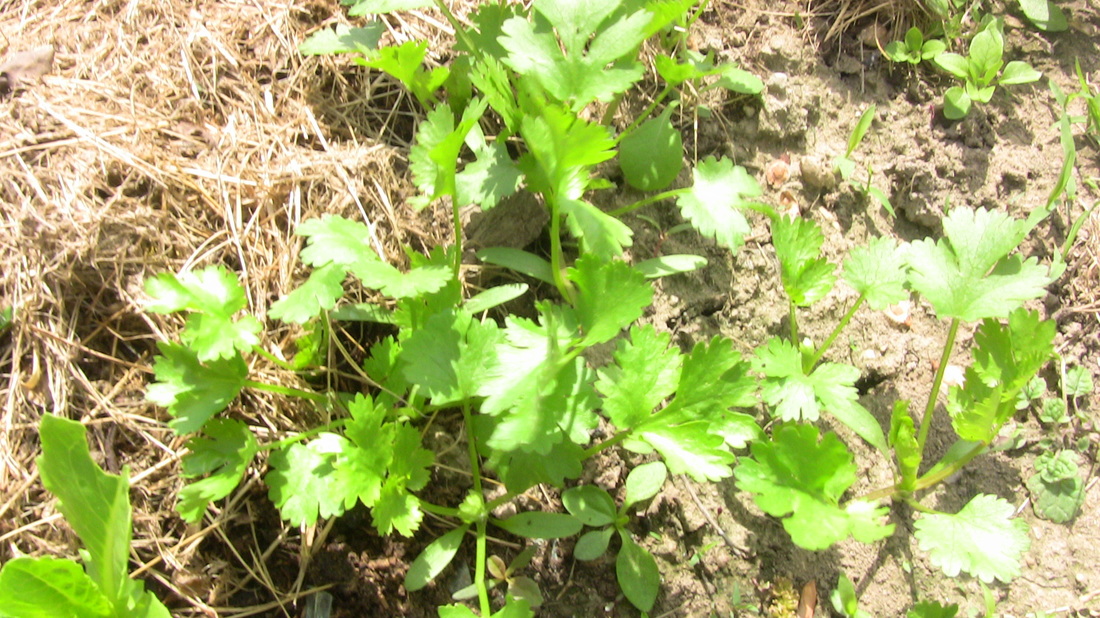
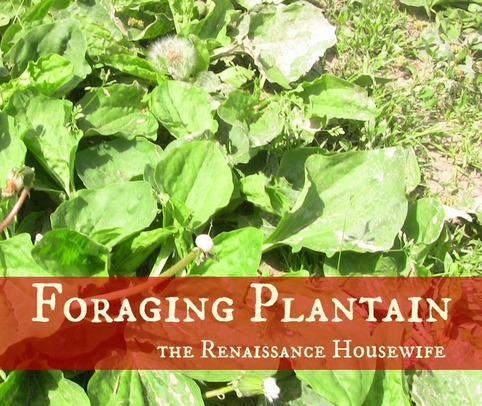

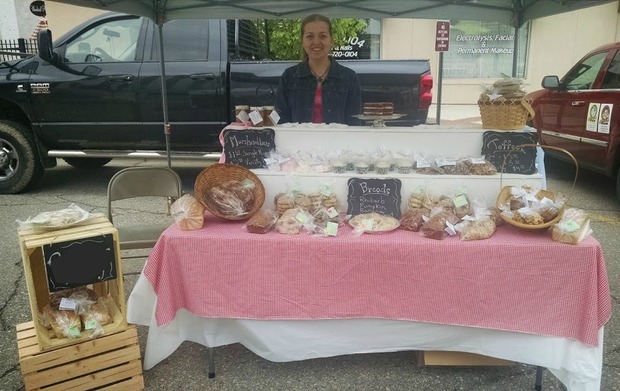



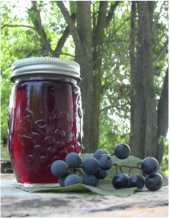

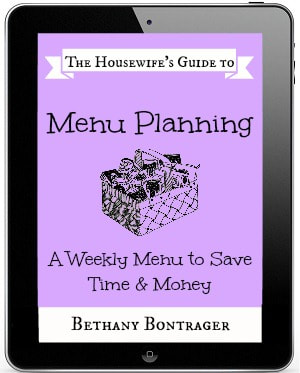
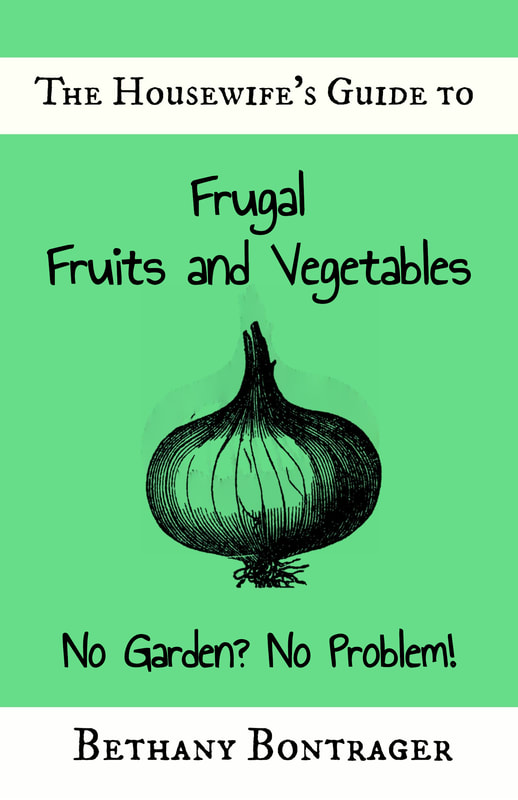

 RSS Feed
RSS Feed

